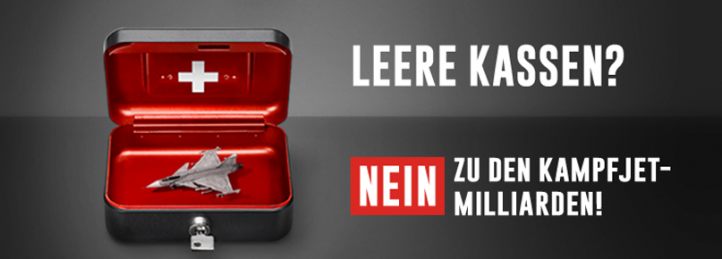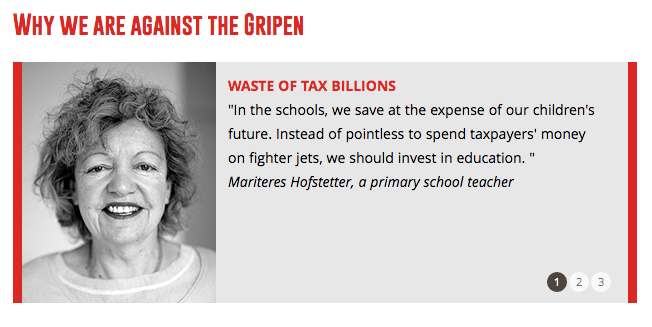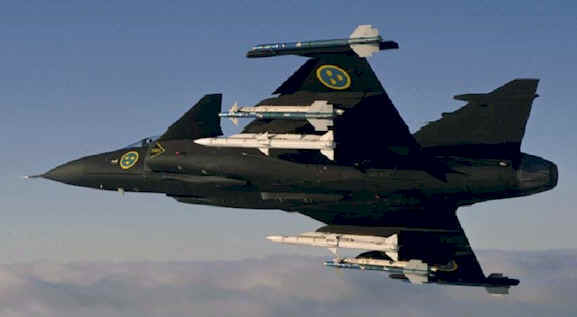Cross-posted from Politically Inclined.
In a rare showing, the mountainous Swiss are making headlines. No, not for the controversial anti-immigration vote in February that European Union members lamented over, but rather the rejected referendum that concerned the purchase of 22 Gripen fighter jets. This would have been a landmark shift for the staunchly neutral confederation on the heels of an embarrassing aerial incident, but voters narrowly nixed the proposal with 53.4 percent against it and 46.6 percent who supported the purchase.
So did they get it right?
We all remember the Ethiopian Airlines hijacking last February. Hailemedhin Abera Tegegn, a 31-year-old co-pilot, was able to lock himself in his cockpit and divert the Boeing 767 bound for Milan to Geneva. Headlines focused on the disgruntled Ethiopian seeking asylum, but Switzerland discovered within itself a paralyzing debilitation: No nighttime defense mechanisms in the form of operational anti-aircraft missiles or air force personnel to force the plane away from Geneva. As the AP recounts, “While Italian and French military aircrafts [scrambled] to accompany the plane, no Swiss fighter jets were deployed because Switzerland does not have round-the-clock fighter jet intervention capabilities.”
Switzerland quickly turned into endearing Charlie Brown and the E.U., protective Peppermint Patty. Good grief, indeed. But it seems voters are willing to keep it this way.
The Swiss military has yet to solve the nine to five issue, but believed spending 3.5 billion USD on new jets might have been a step in the right direction. The vote May 18 vote would have allowed the country of barely 8 million, around the size of New York City, to bulk its air force from 86 to 108 fighter jets. Given the measure’s rejection, the force will stay at a meager 86 — comprised of 54 F-5 Tigers bought in the 1970s lacking nighttime and overcast flight sensor capabilities and 32 FA-18 Super Hornets built in the 1990s by Boeing containing modern sensors. The controversial fighter jets would have added the sleek Swedish made Gripens, which are all the rage in today’s military industrial complex. Saab, the plane’s manufacturer, plans to export the high-end product to Malaysia, Denmark, and Brazil.
So, was the purchase of 22 new fighter jets vital to Switzerland’s immediate national security?
The well-organized opposition campaign would say no.

The widely publicized advertisement above was created by Alliance Against New Fighter Jets to encourage voters to reject the upcoming Gripen Fund Law. The alliance, along with members of Parliament, argue the new jets are nothing but “toys” that divert crucial funding from social programs. They quote teachers (like the one below), air force members and prominent members of the community giving one liners on the social cost of the expense.

The other side of the partition, however, argued the new jets would have replaced the obsolete F-5 Tigers at a comparably low operating cost.
No doubt the minuscule country has high-value targets; Geneva alone hosts the second largest U.N. agency and the highest number of international organizations based in one city. Nevertheless, after weighing in the sides, the Swiss military seem to be using their outdated system as an excuse to purchase modern products. This will not cure the staff and budget problems or heighten security in the mountainous region that is exempt from aerial assault.
Before buying expensive planes, Charlie Brown must wean off Peppermint Patty’s protective care and learn how to work after hours.

